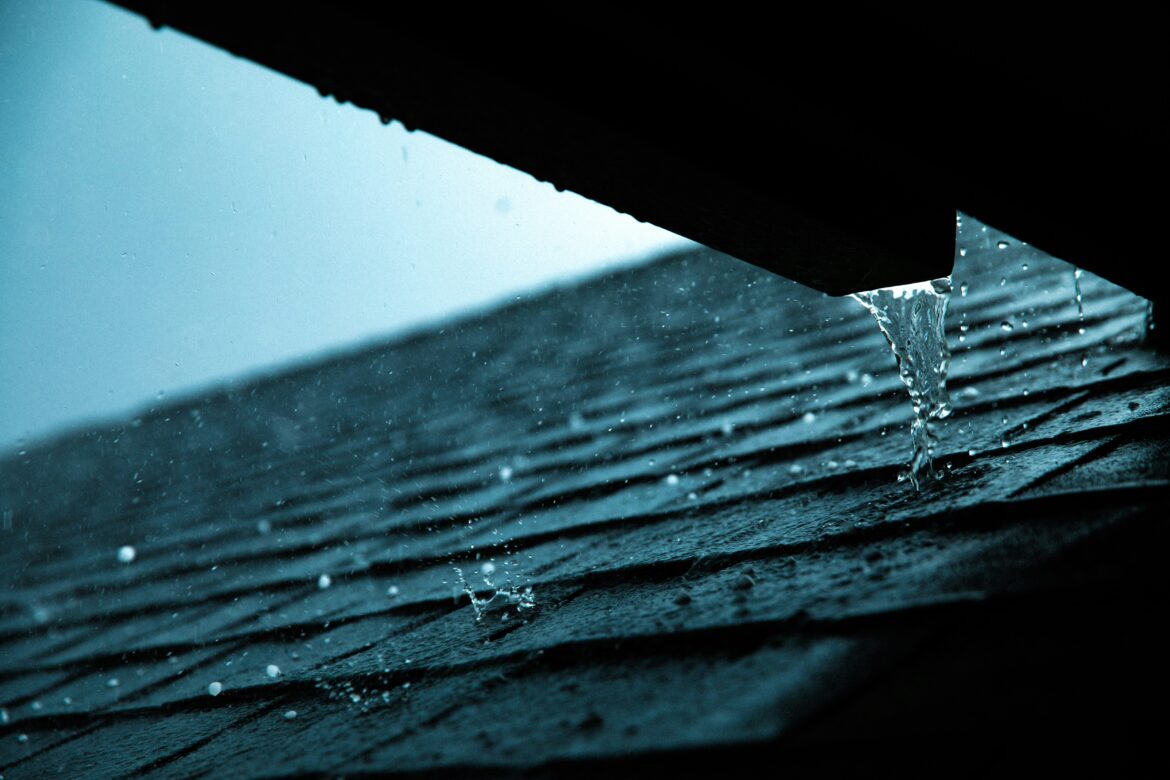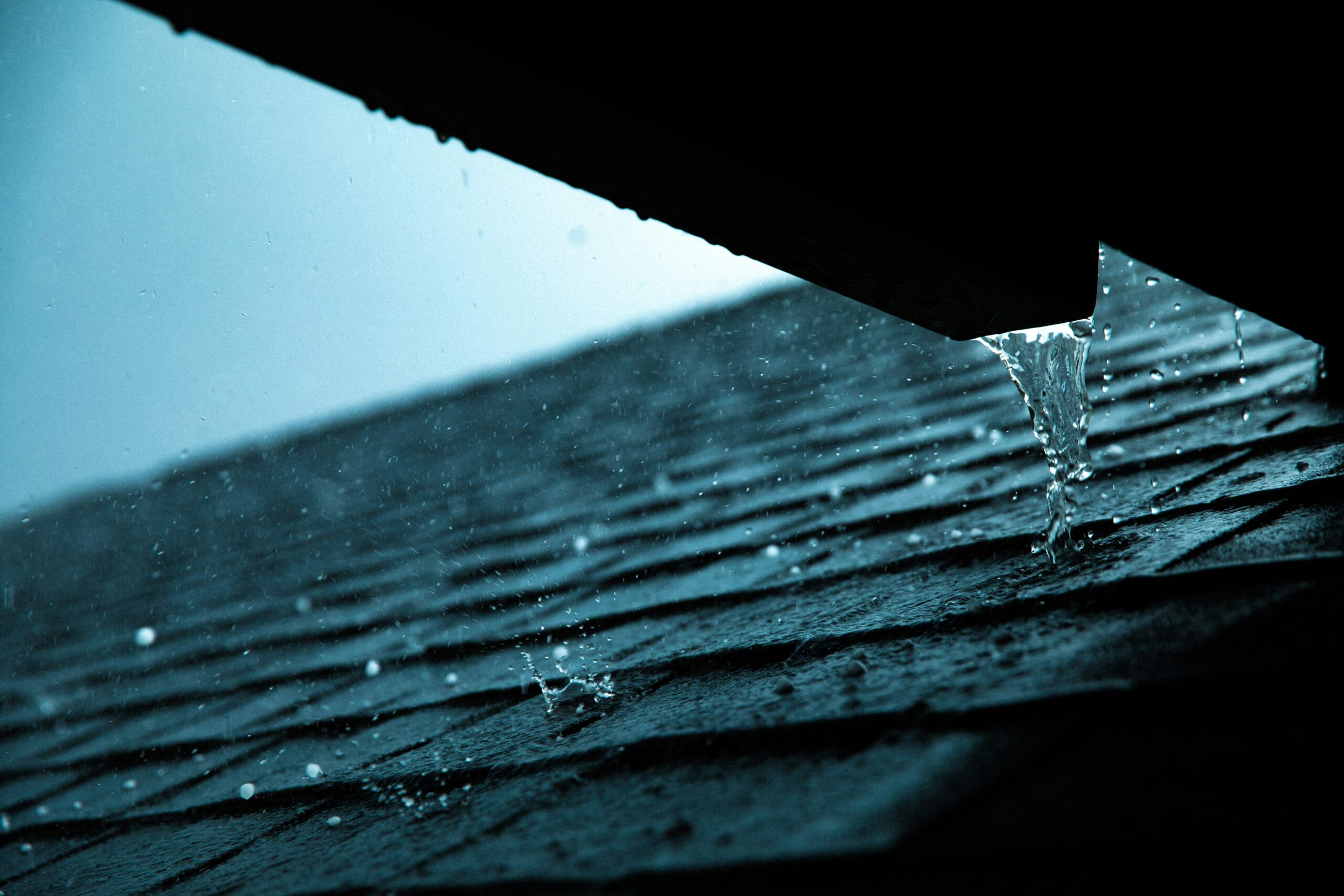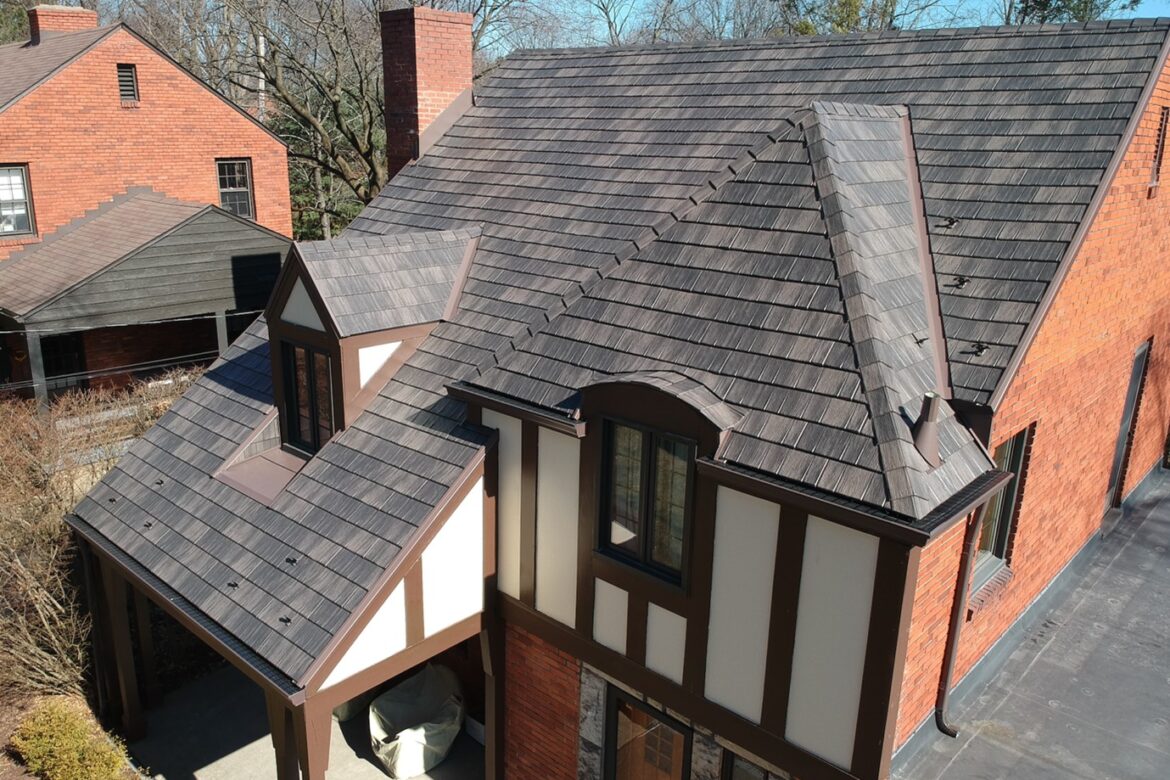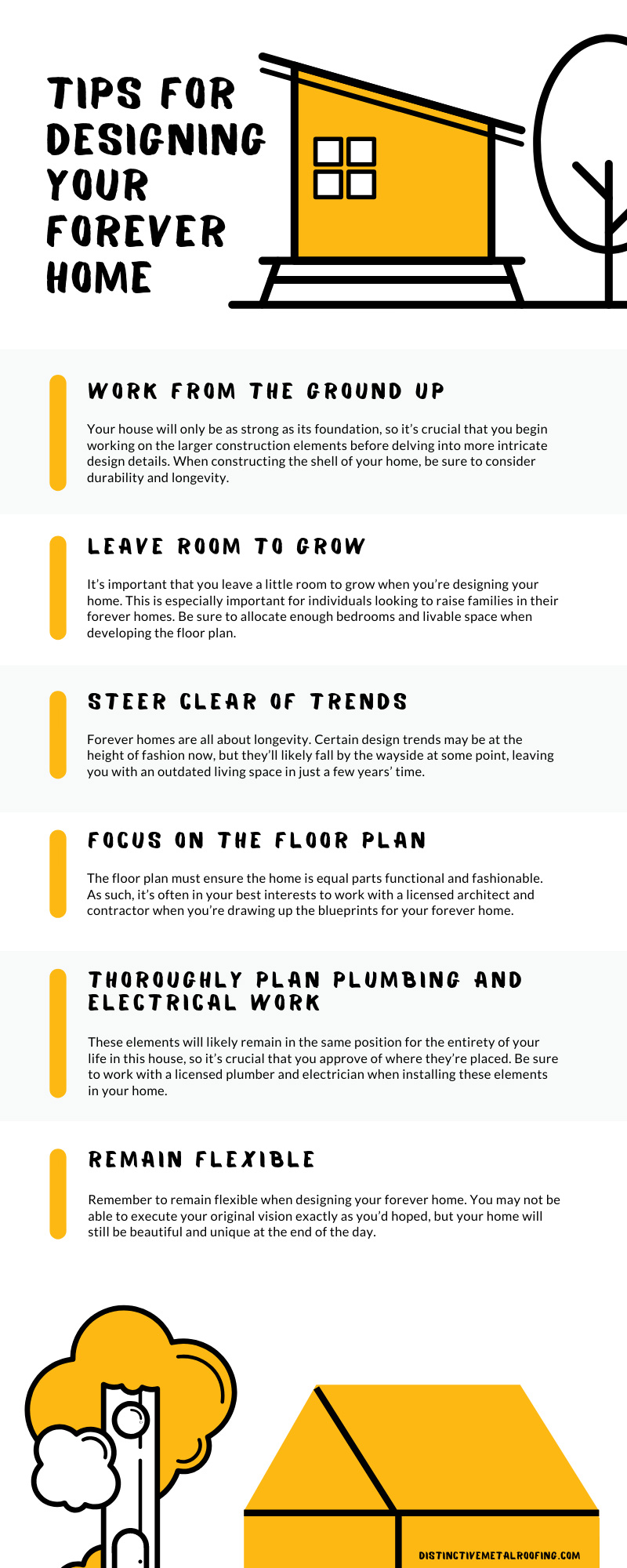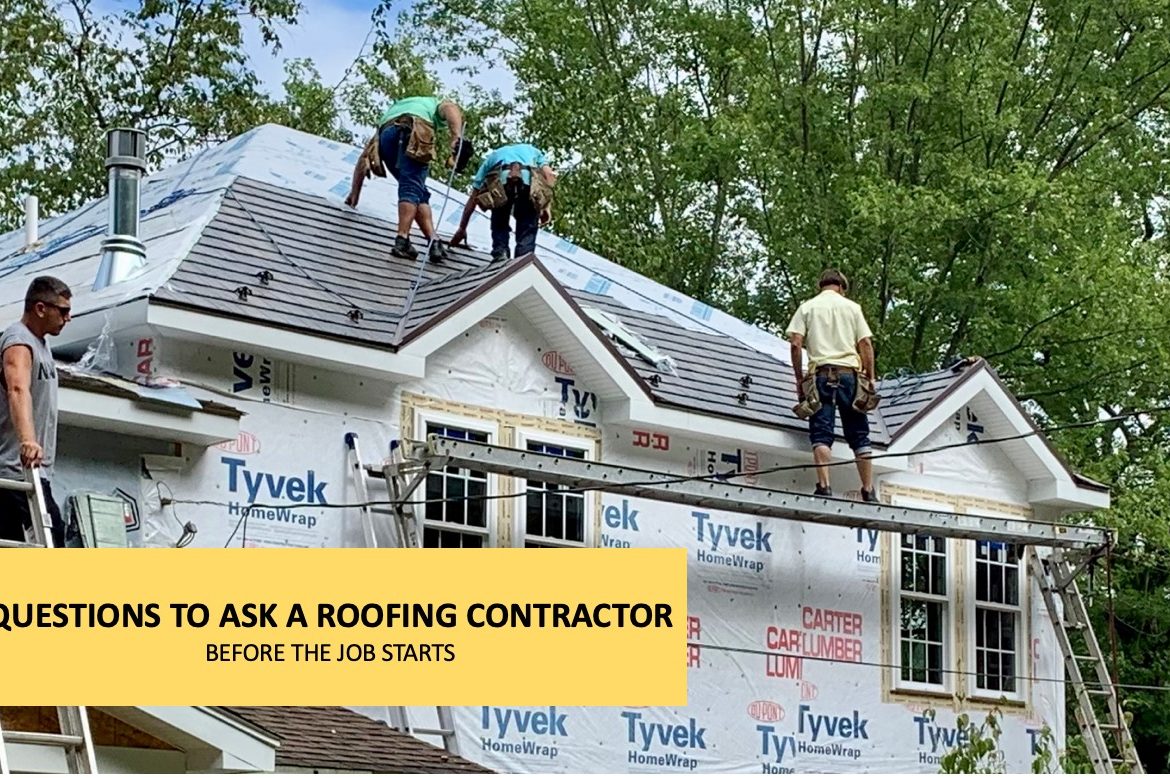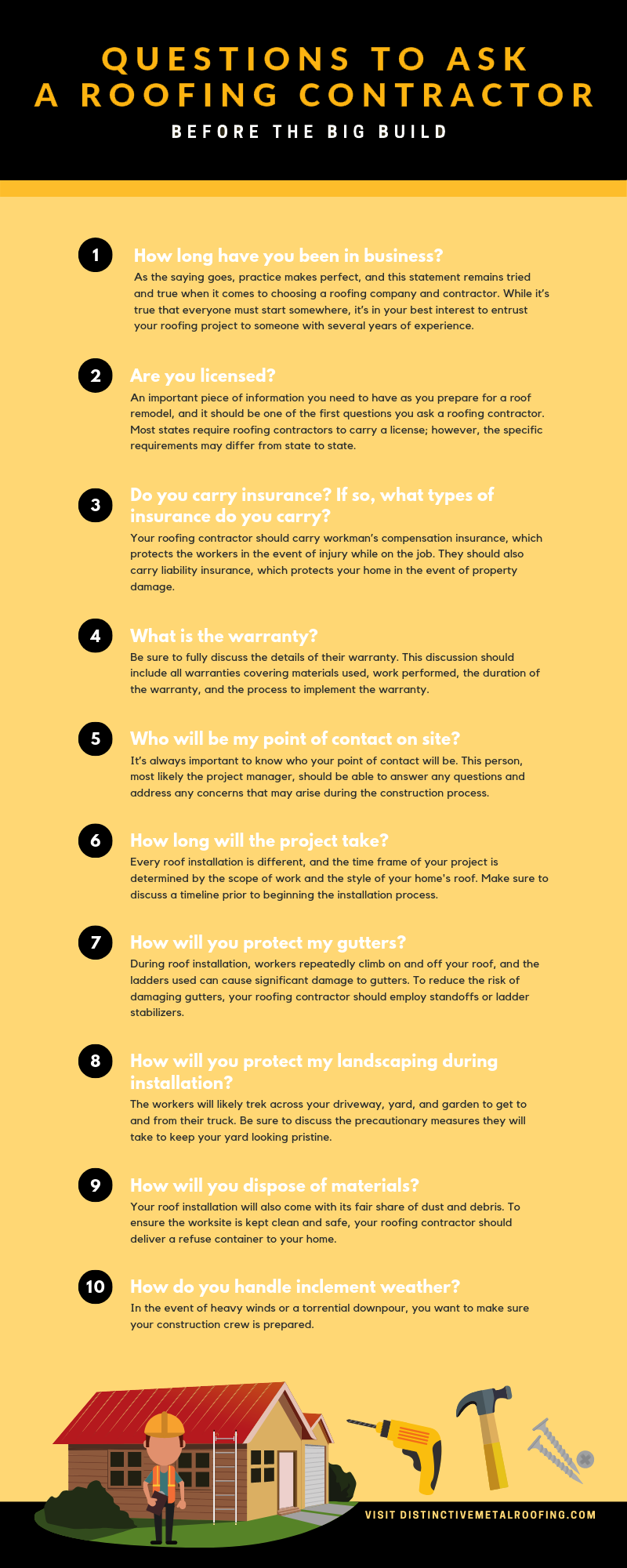If you own a home or business and need to install a new roof, you’ve likely compared the cost of a metal roof cost versus asphalt shingles—and noticed a price difference. While the initial investment in metal roofing may seem higher, the long-term benefits make it a far smarter choice.
In this post, we take a look at metal roof vs. asphalt roof cost comparisons, explain why metal roofing is worth it for both homeowners and businesses, and explore the substantial ROI metal roofing can provide over asphalt.
Metal Roof vs. Asphalt Roof Cost Considerations
Longevity
When investing in a new roof, longevity should be one of your top priorities. While asphalt roofing may seem attractive for its lower upfront cost, that affordability comes at the expense of durability. Asphalt roofing only lasts around 12–17 years, meaning you could end up replacing your roof 3–4 times in your lifetime. Considering construction prices typically double every 10–15 years, those “savings” quickly disappear.
Metal roofing, on the other hand, allows you to avoid ongoing replacement and reinstallation costs, since it can last 60 years or more. You’ll be able to raise a family, advance in your career, and retire all before a metal roof will need a replacement, so a one-time purchase can set you up for a lifetime.
Durability and Energy Efficiency
When evaluating whether metal roofing is worth it, durability and energy efficiency are key advantages. Metal roofs are engineered to withstand extreme weather conditions, from heavy snowfall to high winds, without losing performance or integrity. While asphalt shingles can crack, warp, or even blow away during a storm, metal roofs endure year after year.
Additionally, metal reflects solar heat rather than absorbing it, which helps keep your home or business cooler in the summer. This natural energy efficiency can reduce your utility bills and create a more comfortable indoor environment—benefits asphalt simply can’t match.
Maintenance
Every property requires upkeep—but choosing the right roof can significantly reduce your long-term maintenance costs. When considering metal roof vs. asphalt roof costs, keep in mind that asphalt roofs continue to breakdown over time, require periodic roof inspections, shingle replacements, and repairs to address leaks or pest damage. Removing old shingles and underlayment can add another $1–$5 per square foot to your total cost, depending on the scope of the work.
Metal roofing, on the other hand, eliminates nearly all of those expenses. Its durable construction and weather-resistant finishes—such as advanced PVDF coatings—mean your roof won’t breakdown, fade, crack, or peel. The result is a stunning, low-maintenance roof that keeps its beauty and strength for decades.
Insurance Reduction
Another often-overlooked way a metal roof’s cost can be offset is by lowering your insurance cost. Because metal roofs offer superior protection against fire, wind, and impact damage, many insurers reward property owners with reduced premiums. Depending on the part of the country you live in and your insurance policy, you may be able to lower your insurance costs by choosing a metal roof over an asphalt roof.
If your insurer has such a program in place, they will need documentation from you and will likely require a qualified metal roofing company to handle your installation.
So, Is Metal Roofing Worth It? An ROI Breakdown
When you take into account how long metal roofs last over asphalt ones, how often asphalt needs to be replaced, and the durability, energy efficiency, and zero maintenance of metal roofing, the benefits far outweigh the costs.
Plus, with construction prices doubling every 10–15 years, the cost to replace your roof with another asphalt roof, over time, will far exceed the cost of acquiring a quality metal roof today. Couple this with the potential insurance advantages, and the increase in value to your home or business, and it’s clear that a metal roof offers unmatched financial benefits.
In terms of a metal roofing ROI, customers can typically expect to break even within 8–15 years—just a fraction of a metal roof’s 50+ year lifespan. During that same period, an asphalt roof will likely need a complete replacement, meaning you’ll be spending money while your metal roof continues to save it.
Schedule Your Estimate Today
If you want to get a better grasp on metal roof costs and why metal roofing is such a superior investment, feel free to contact our team today for a free estimate. We can assess the needs of your property and offer a range of solutions.


